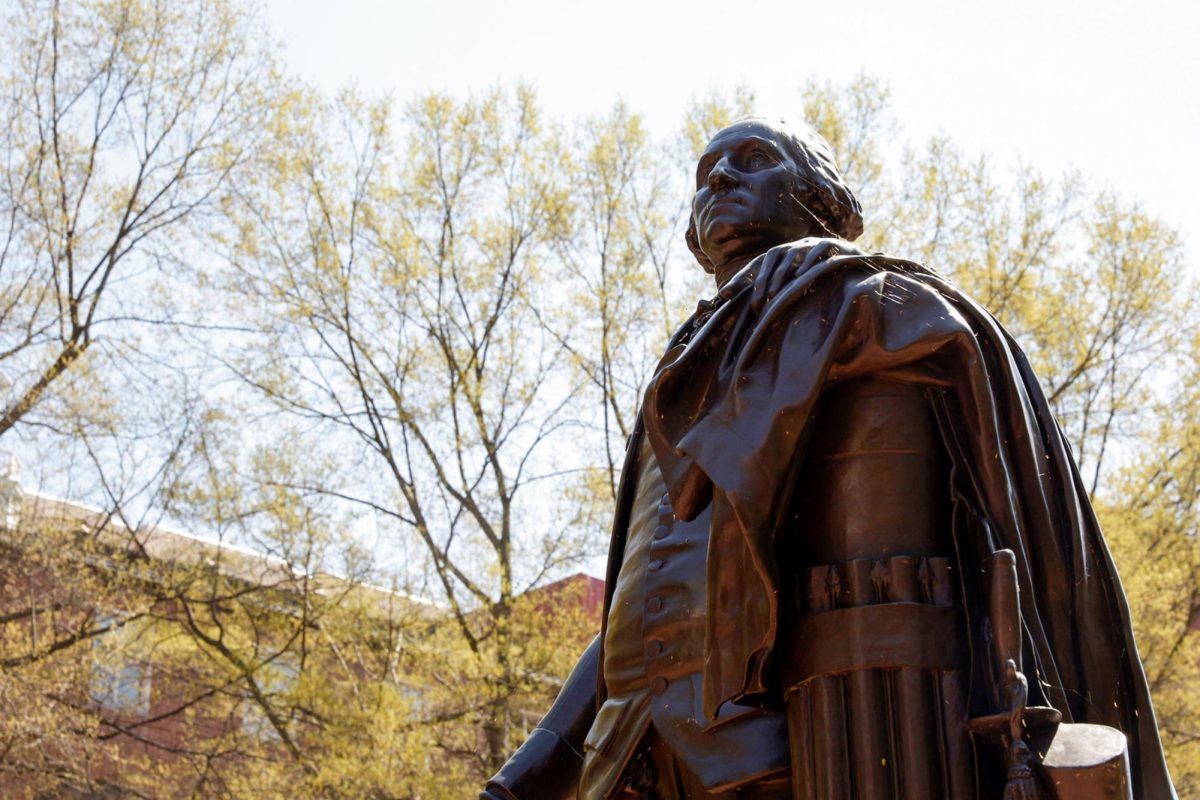Federal funding during the next fiscal year for one of the University’s largest sources of research grants remains flat under a White House budget proposal released Monday.
President Barack Obama’s $3.8 trillion budget proposal, focused on trimming the federal deficit and debt, keeps funding for the National Institutes of Health at about $31 billion next fiscal year – the same amount it received in fiscal year 2012.
Both houses of Congress must approve the budget and will likely alter suggestions made by the president.
The proposed budget for fiscal year 2013, which begins Oct. 1, includes about $7 billion more in overall spending than the final budget for this year.
The NIH doled out about $21.3 billion in grants nationwide last year, funding about $53.4 million, or 38 percent, of the University’s research expenditures in 2011.
The National Science Foundation, a contributor to 5 percent of GW’s research grants last year, saw a 5 percent increase in Obama’s budget proposal. The boost in NSF funding may bode well for the University as it looks to add researchers and equipment in anticipation of the 2015 opening of the Science and Engineering Hall.
Leo Chalupa, vice president for research at GW, cautioned against casting a black cloud on the NIH budget’s implications for the University’s research grants, noting that “everyone is in the same boat.”
“Money for research is challenging, but these things go through cycles. Right now it’s challenging, and on the other hand, NIH and NSF are doing much better than other departments [like the Department of Defense],” Chalupa said. “You have to look at it like that.”
Chalupa added that the October hiring of Tom Russo as the University’s first assistant vice president for industry research would cushion the blow of tightening research budgets. Research partnerships with corporations make up only a fraction of GW’s funding.
“We’re going to be growing research no matter what’s going on. It just might take longer,” Chalupa said.
Deputy Director of the Office of Management and Budget Heather Higginbottom said spending priorities must be balanced as the White House remains deficit-conscious.
The budget also notes the NIH’s revised grant management policies, which aim to maximize the number of new grants awarded and focus on rewarding young researchers.
“The NIH has been able to work on a tight budget,” Higginbottom said in a conference call with reporters.
Eleanor Dehoney, vice president of public policy and programs at the educational nonprofit Research!America, said the NIH would need a $1 billion funding boost to counter inflation and rising research costs.
“When you factor in inflation, we’re going backwards,” she said. “We’re losing ground.”
Anthony-Samuel LaMantia, director of the GW Institute for Neuroscience and a recipient of three NIH research grants, expressed concern about the rising costs of doing research and the increasingly crowded pool of researchers vying for grants.
“The main thing that every scientist wants and every faculty member who does science wants to be able to do is have the resources necessary to do the work you’re doing,” LaMantia said. “It remains uncertain whether how we pay those resources now will be the same in three years or five years.”
The budget also pushed Obama’s higher education agenda, which includes shrinking federal funding for institutions with rapidly growing tuition rates. The plan would expand financial aid programs, including Pell Grants, Perkins loans and Federal Work Study.
Associate Vice President for Financial Aid Dan Small said last month that he was skeptical Obama’s proposals would gain Congressional approval, adding that they would likely affect community colleges before large research institutions.
“We’re putting colleges and universities on notice: You can’t just keep on raising tuition and expect us to keep on coming up with more and more money,” Obama said in a Feb. 13 speech after announcing his budget.
Lauren French and Chelsea Radler contributed to this report.






